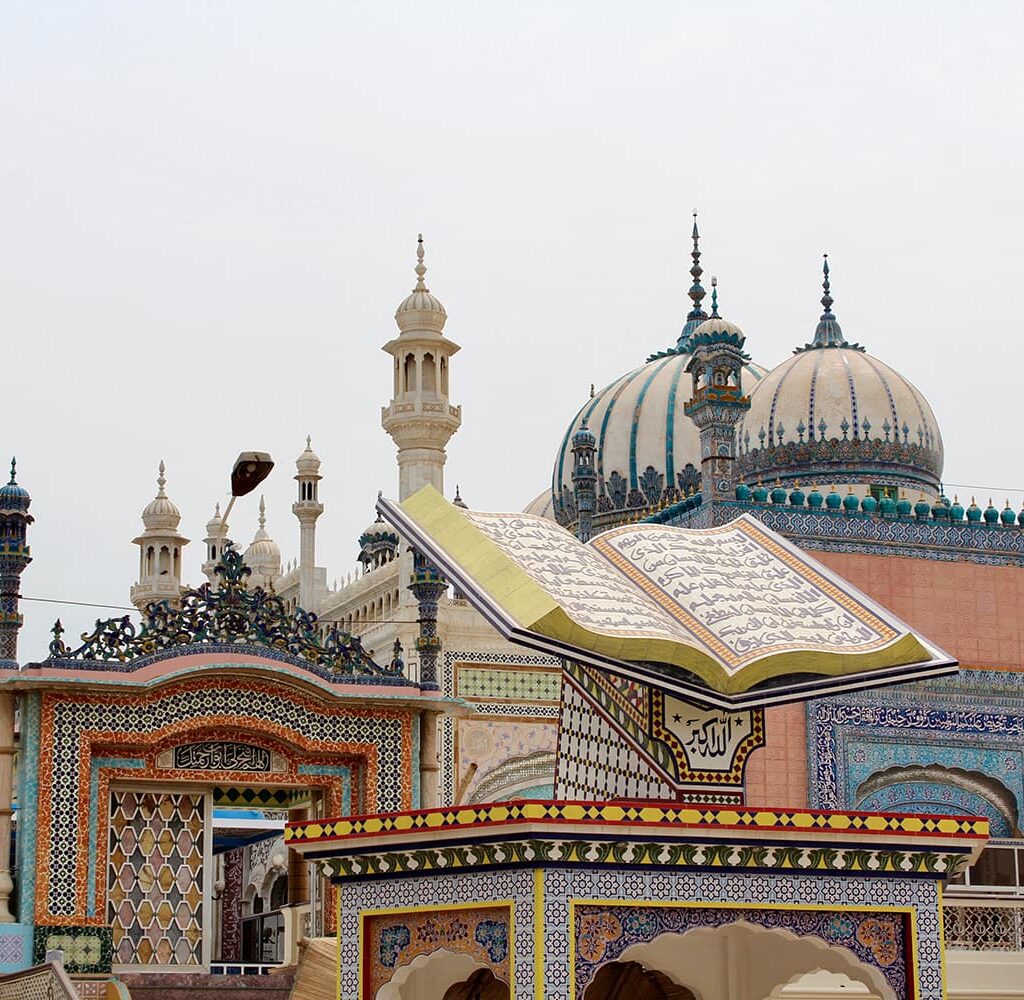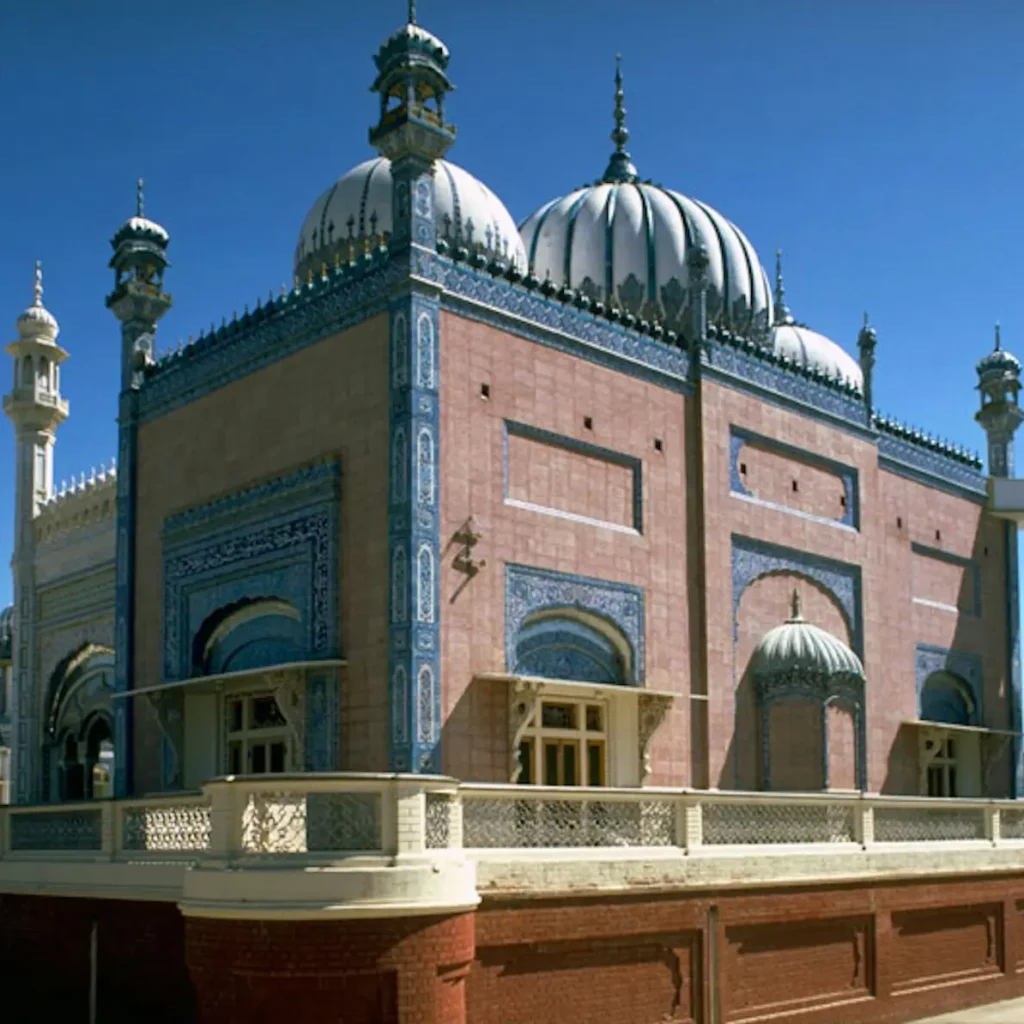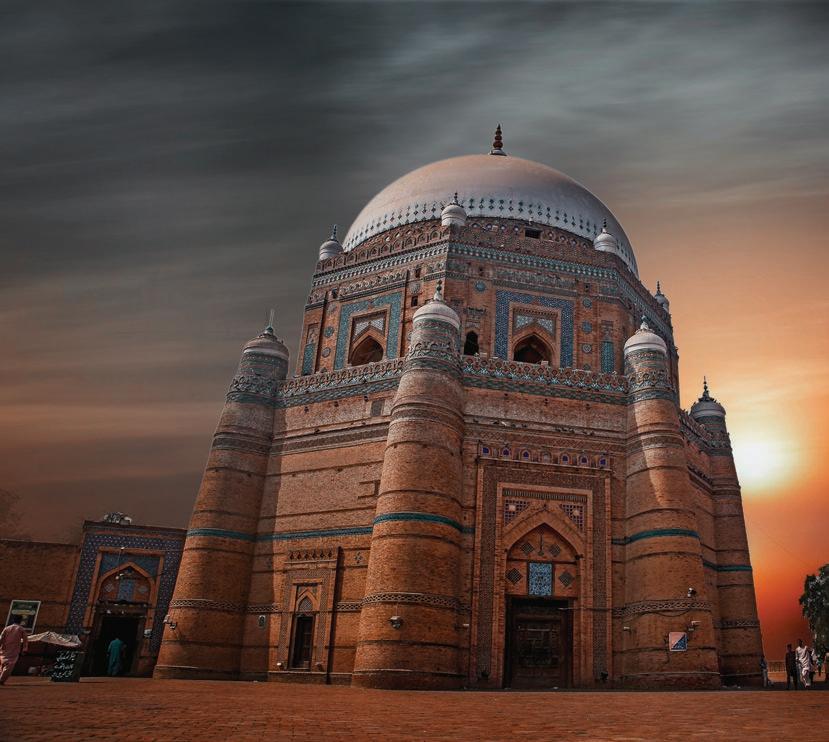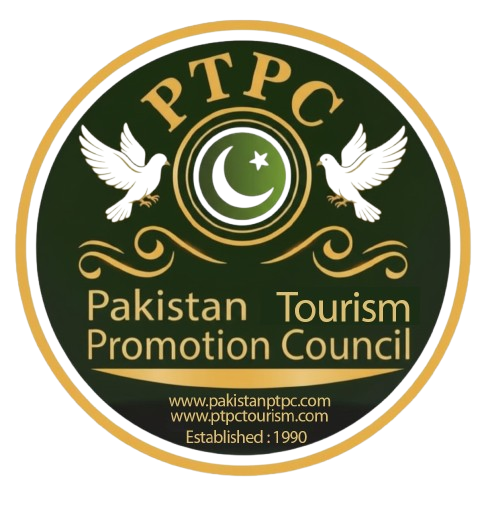Masjid Eidgah
Introduction: A Symbol of Faith and Heritage
Mosques have always been central to the spiritual, cultural, and social fabric of Muslim societies. In Pakistan, countless mosques stand as living testimonies of faith, history, and architectural brilliance. Among them, Masjid Eidgah holds a special place due to its historic significance and its role as a gathering place for communal prayers, especially on the two Eids.
The word Eidgah itself means “a place for Eid prayers,” and throughout Islamic history, Eidgah mosques have been built as large open spaces or mosques where Muslims gather for Eid al-Fitr and Eid al-Adha prayers. The Masjid Eidgah in Pakistan reflects not just religious devotion but also artistic expression and historical legacy.
For those passionate about exploring Islamic architecture and historical sites, Pakistan PTPC offers detailed guides, travel insights, and authentic information about cultural landmarks across the country.
Historical Background of Masjid Eidgah
The tradition of Eidgahs dates back to the time of Prophet Muhammad (PBUH), when Muslims would gather in open grounds outside Madinah for Eid prayers. Following this tradition, rulers and communities across the Islamic world built Eidgahs to accommodate large gatherings.
In Pakistan, Masjid Eidgah structures emerged during the Mughal era and later periods. They were often built near major cities, serving as both prayer grounds and social meeting points. Some of these mosques also carry significant political and historical associations, as they were used for important announcements and communal decisions.


Location and Accessibility
Most major cities in Pakistan, such as Lahore, Multan, Peshawar, and Karachi, have a central Masjid Eidgah. These mosques are usually strategically located in open areas, allowing them to accommodate thousands of worshippers during Eid prayers.
Travelers and pilgrims can easily access these mosques via road networks. For detailed travel information and cultural exploration guides, Pakistan PTPC serves as a reliable source.
Role of Masjid Eidgah in Islamic Culture
The primary purpose of Masjid Eidgah is to host Eid al-Fitr and Eid al-Adha prayers, but its role goes beyond religious practice:
- Community Gathering: Acts as a social hub where people meet, greet, and celebrate.
- Charity and Unity: Distributions of food, charity, and collective prayers promote brotherhood.
- Islamic Education: Many Eidgah mosques also serve as centers for Quranic learning.
- Cultural Significance: Represents unity among Muslims by bringing together people from all walks of life.
Famous Masjid Eidgahs in Pakistan
Masjid Eidgah Multan
One of the oldest and most renowned, Masjid Eidgah Multan was built in the 18th century during the reign of Nawab Ali Muhammad Khan Khakwani.
- Features Mughal-style architecture with high minarets.
- Can accommodate thousands of worshippers.
- Known for its historic value and scenic surroundings.
Masjid Eidgah Lahore
Lahore’s Masjid Eidgah, located near Shalamar Gardens, is another prominent mosque. It reflects the rich Mughal heritage and continues to be a central place for Eid prayers in the city.
Masjid Eidgah Peshawar
Built during the Mughal period, the Eidgah Mosque in Peshawar is famous for its open courtyard and intricate calligraphy. It holds both religious and historical significance.
Other Notable Eidgah Mosques
Cities like Karachi, Rawalpindi, and Faisalabad also have central Masjid Eidgahs that host grand Eid gatherings every year.
Social and Spiritual Importance of Masjid Eidgah
The importance of Masjid Eidgah extends to both spiritual and social dimensions:
- Strengthening Brotherhood: Eidgahs foster unity by bringing together thousands of Muslims regardless of their background.
- Promotion of Sunnah: They preserve the Sunnah of offering Eid prayers in large congregations.
- Cultural Heritage: Many Eidgah mosques are centuries old, representing Pakistan’s architectural history.
- Tourism: Historic Eidgahs attract domestic and international tourists who are interested in Islamic architecture.
For tourists planning to explore these mosques, Pakistan PTPC provides authentic travel guides, cultural insights, and historical details.

Architectural Beauty of Masjid Eidgah
Masjid Eidgahs in Pakistan are admired for their Mughal and Islamic architectural designs, featuring domes, arches, and expansive courtyards. Some notable features include:
- Large Courtyards: Designed to host thousands of worshippers.
- Multiple Domes and Minarets: Symbolizing strength and spirituality.
- Intricate Calligraphy: Quranic verses inscribed on walls and arches.
- Red Sandstone and Marble Work: Inspired by Mughal-era mosques.
Each Masjid Eidgah reflects a blend of functionality and beauty, where architecture serves the dual purpose of accommodating crowds and inspiring spiritual connection.
Government and Community Efforts
Both government bodies and local communities play a role in preserving Masjid Eidgahs. Initiatives include:
- Renovation projects to maintain structural integrity.
- Declaring historic Eidgahs as heritage sites.
- Encouraging religious tourism to promote awareness.
Such efforts ensure that future generations continue to benefit spiritually and culturally from these sacred places.
Masjid Eidgah is not just a mosque; it is a symbol of faith, unity, and cultural heritage in Pakistan. From Multan to Peshawar, these mosques reflect the spiritual traditions of the country and the architectural brilliance of Islamic history. They remind us of the importance of communal worship, brotherhood, and the preservation of religious landmarks.
If you are eager to explore Pakistan’s Islamic architecture, historic mosques, and cultural heritage, make sure to visit Pakistan PTPC. It offers comprehensive information, travel tips, and authentic details about Pakistan’s spiritual landmarks, helping you discover the beauty of Masjid Eidgah and beyond.
